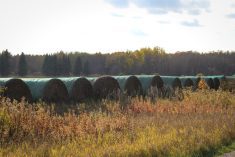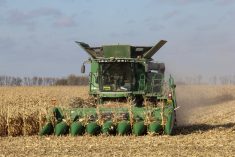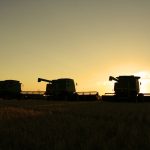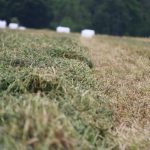CNS Canada — Fababeans are increasing in popularity across the Prairies, but much like other crops in Alberta and Saskatchewan, dry weather is taking its toll — and if it continues, yield could be impacted.
Fababeans require a lot of moisture to produce well, according to Dale Risula, a Saskatchewan provincial specialist for special crops in Regina.
“The crop is basically not growing as rapidly as we would hope at this time of year,” he said.
Risula said at this point he doesn’t think dryness will cause large-scale damage, but it will have an impact on yield if it continues.
Read Also
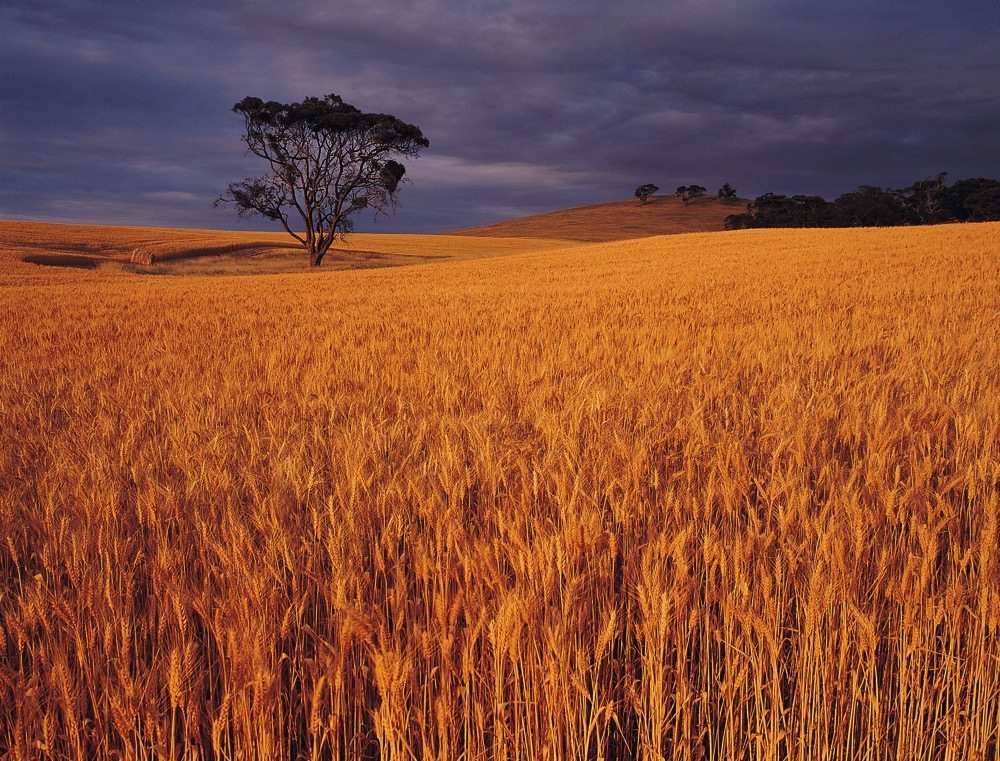
USDA predicts more wheat in Australia, smaller crops elsewhere
Australia will grow more wheat in 2025/26 than earlier expectations, but production will likely be down on the year in Turkey and Kazakhstan, according to several attaché reports released by the United States Department of Agriculture on Nov. 20, as it continues to catch up following the federal government shutdown.
Dry conditions are also a problem for Alberta’s fababean crops, said Jenn Walker, research officer for Alberta Pulse Growers.
There was a good seeding window earlier in the season, she said, so growers planted fababeans early, but a lack of moisture has impacted crops across the province.
“We’re maybe not at the growth stage that we had anticipated if we had adequate moisture,” she said.
A frost also hit faba beans in May, but didn’t cause huge losses, she said. “Fortunately fababeans are one of those crops that recover quite nicely from frost.”
Alberta’s fababean area has grown in recent years from 15,000 acres in 2012 to 71,000 in 2014, according to government data.
Saskatchewan’s acreage is also rising, with industry estimates saying area could be 15,000 acres or more.
“It’s an up-and-coming crop, it’s gaining a lot of popularity. The interest in fababeans is growing,” Risula said.
Fababeans could move to replace peas, he said, as famers have had difficulty with root rot in pea plants due to wet weather in the past.
There has been a shift in faba bean usage, as an increased amount of beans go to market for human consumption, as opposed to being used for feed, Walker said.
“The appetite for that seed could just keep growing, and so because we have good demand I do think there’s a lot of room for growth.”
— Jade Markus writes for Commodity News Service Canada, a Winnipeg company specializing in grain and commodity market reporting.




